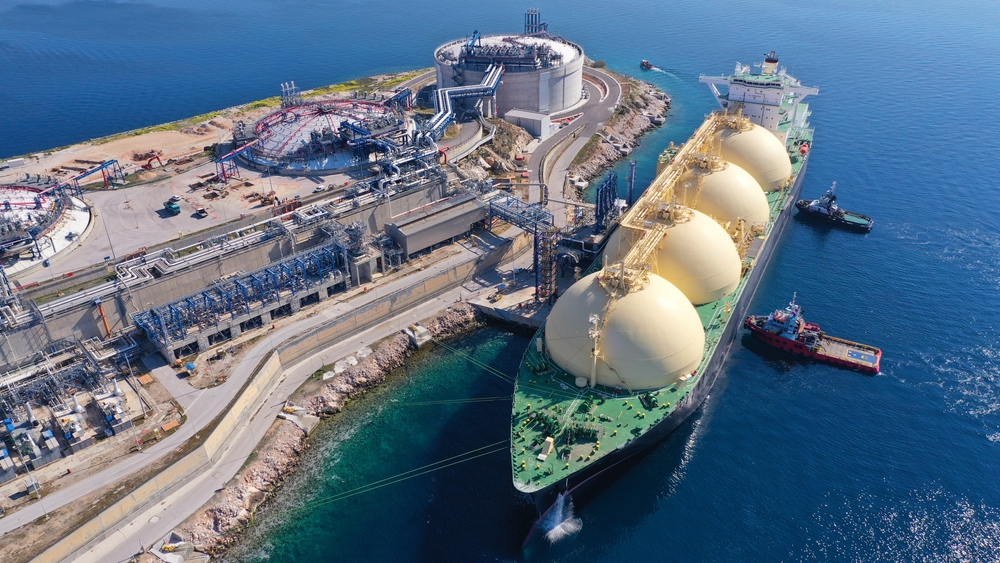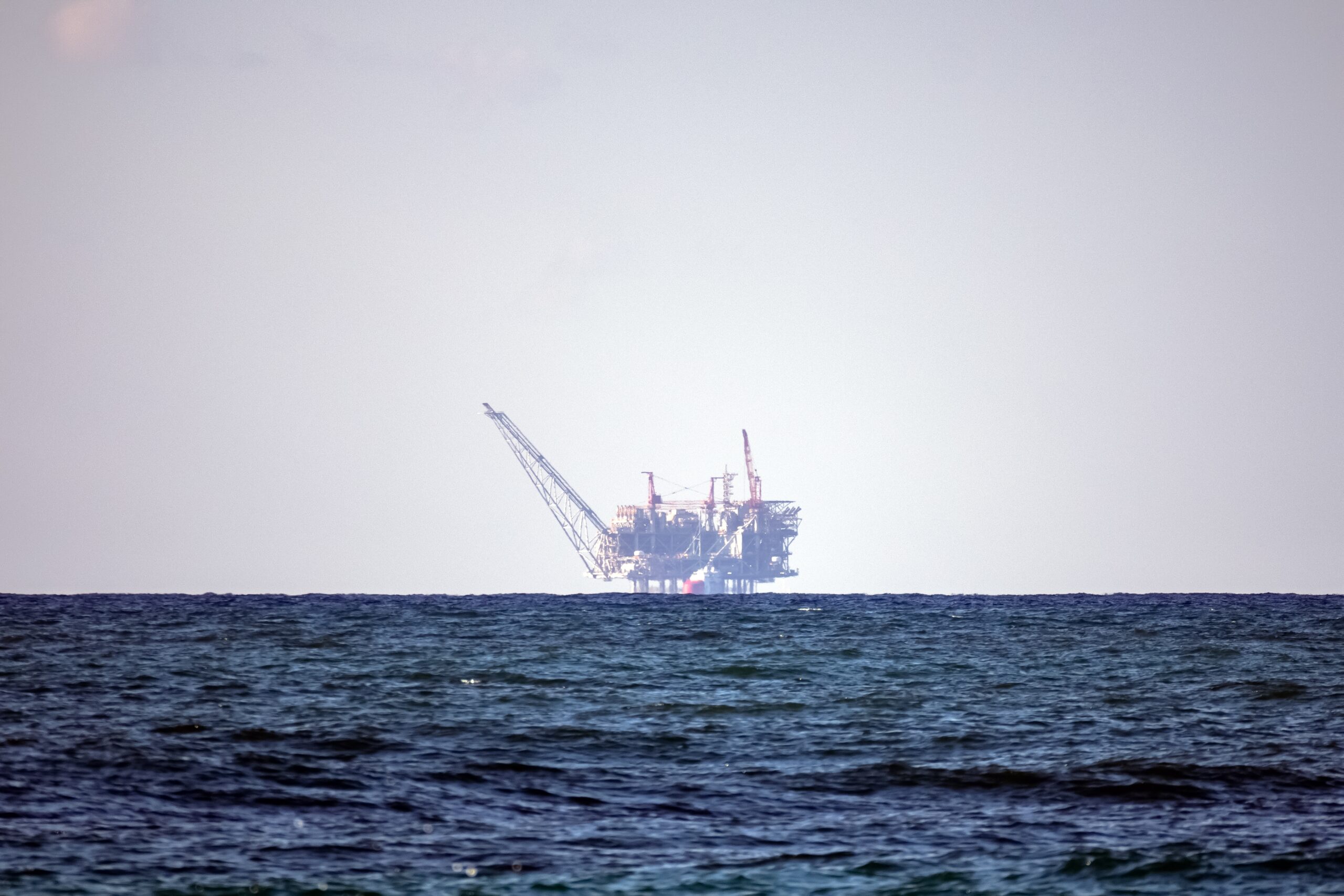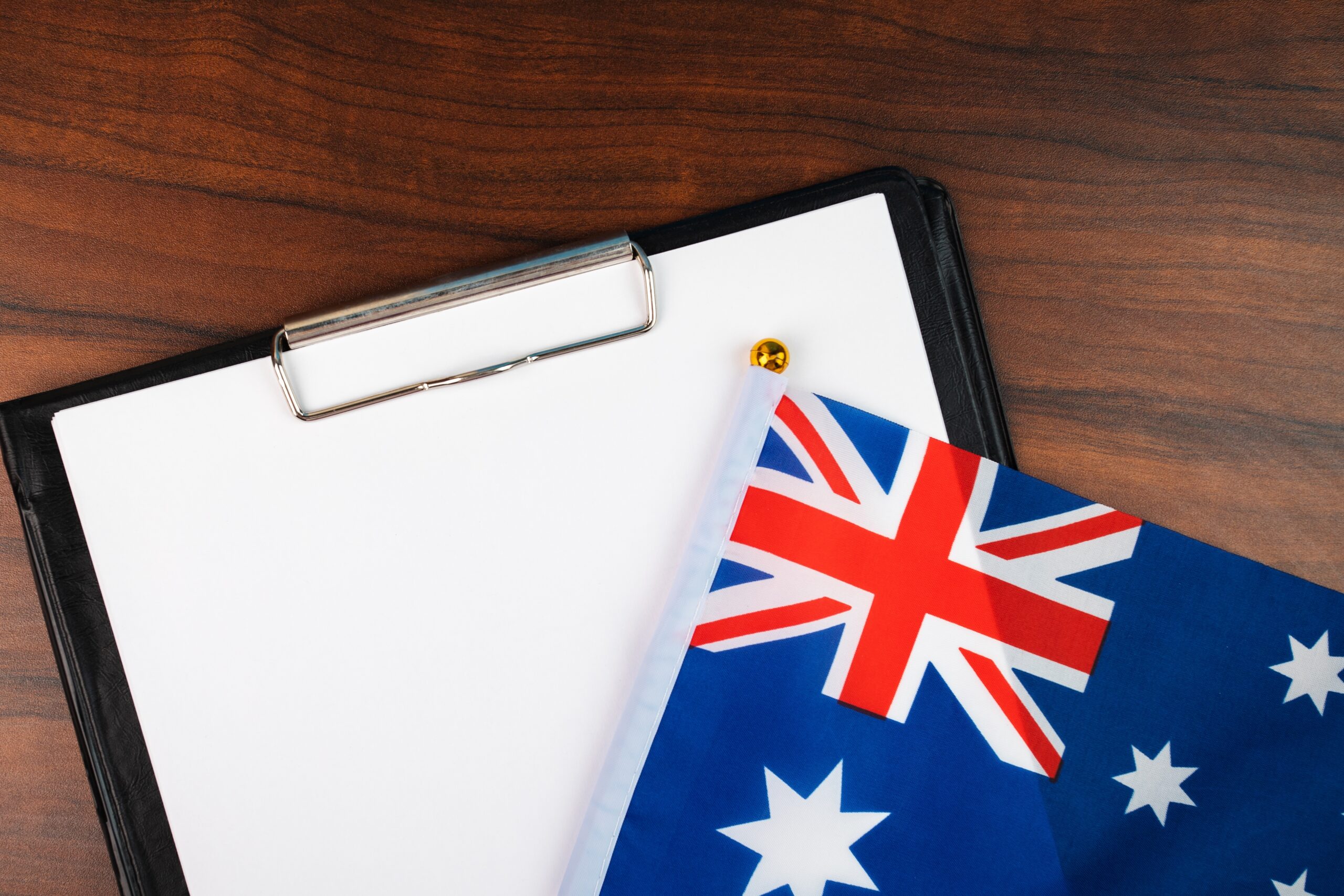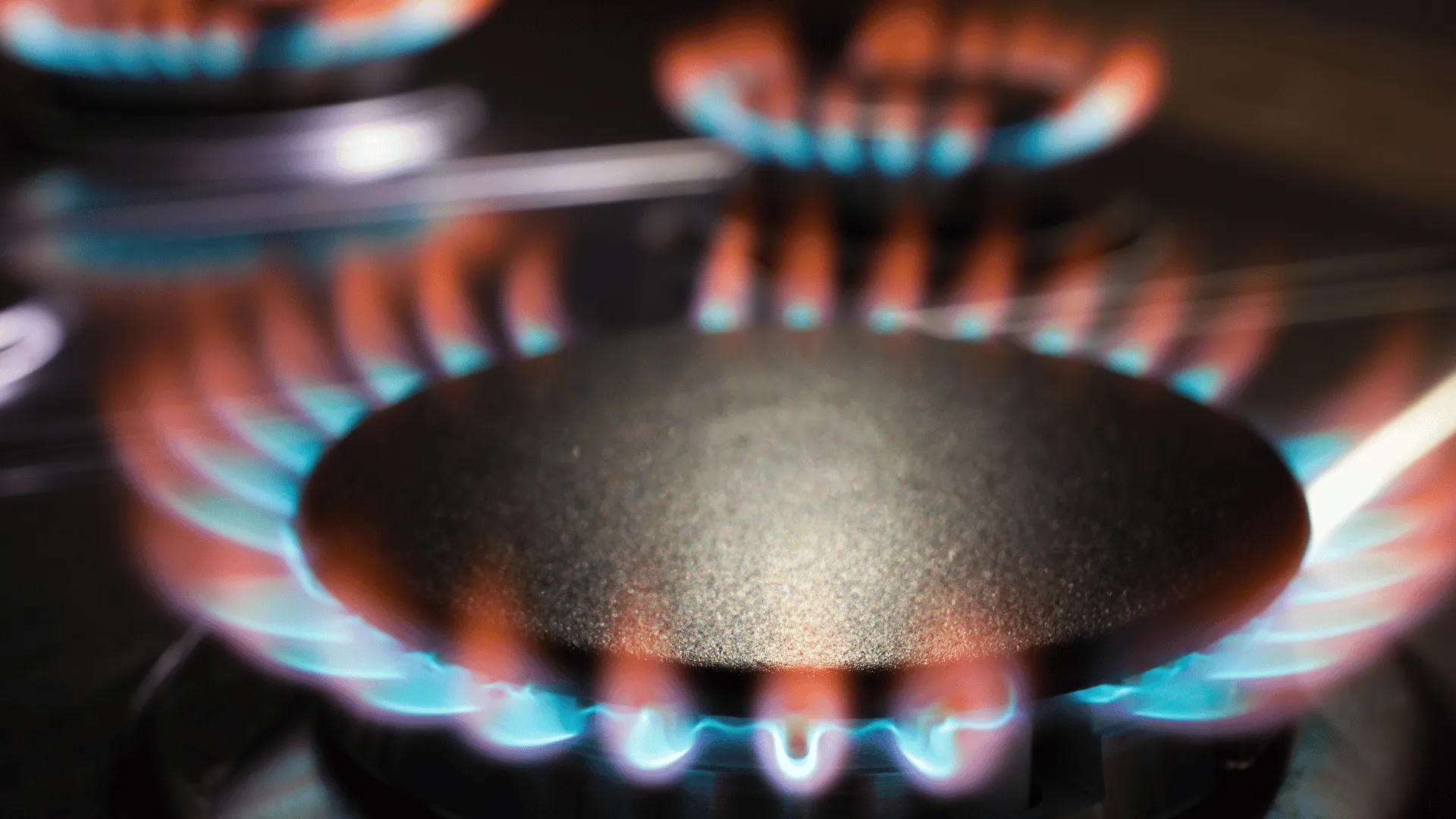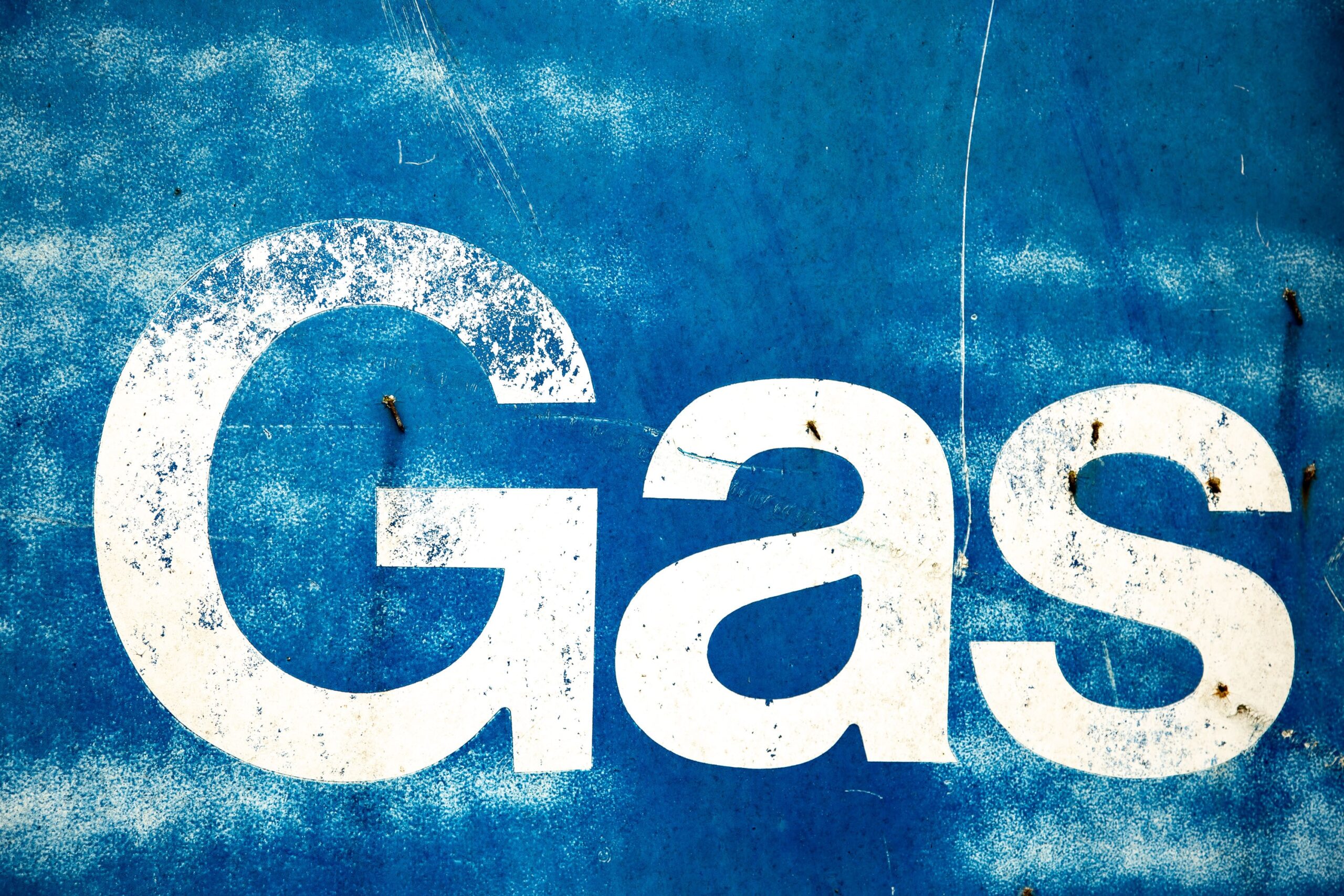AEMO recently released its Draft 2024 Integrated System Plan (ISP), which serves as a roadmap for the energy transition in the National Electricity Market (NEM) over the next 20-plus years in line with government policies aimed at achieving net zero by the year 2050.
The plan outlines a cost-effective strategy for essential energy infrastructure to meet consumer needs, ensure reliability and affordability, and achieve net zero. AEMO highlights the urgency for action as the NEM shifts from coal-fired generation dependency. With the closure of coal-fired power stations, the draft proposes using renewable energy supported by storage and gas as the most economical solution for Australia’s energy transition.
The policy set by the Federal Government aims for a 43% reduction in emissions compared to 2005 levels by the year 2030. Additionally, the policy targets 82% of electricity supplied in the NEM to come from renewable sources.
Previous ISPs established ambitious trajectories for investment, and it is imperative that projects are now executed according to the plans. AEMO’s most probable future scenario predicts about 90% of NEM’s coal fleet will retire before 2025, and the entire fleet will retire before 2040.
The energy transition is already well underway, with coal retiring faster than initially announced. The ISP continues to stress the need for urgent investments in generation, firming, and transmission to maintain a secure, reliable, and affordable electricity supply. The retirement of coal-fired generators necessitates a transition to low-cost renewable energy, supported by firming technologies like storage and gas-powered generation.
AEMO has stated that the NEM must almost triple its capacity to supply energy by 2050 to replace retiring coal capacity and meet increasing electricity demand. Every government within the NEM is actively endorsing the transition. The Federal Government has broadened the Capacity Investment Scheme, while various states have their initiatives supporting the transition to net zero.
The 2024 ISP outlined three future scenarios for 2050, which included Step Change, Progressive Change, and Green Energy Exports. All these scenarios involve the retirement of coal, aligning with government net-zero commitments. AEMO has assigned likelihoods of 43% for Step Change, 42% for Progressive Change, and 15% for Green Energy Exports.
Under AEMO’s optimal development path (ODP) for the Step Change scenario, there is a call for investment that would triple grid-scale variable renewable energy by 2030 and increase it sevenfold by 2050. The plan emphasises grid-scale generation within Renewable Energy Zones, quadrupling firming capacity, supporting a four-fold increase in rooftop solar capacity, and leveraging system security services to ensure reliability.
In terms of transmission, nearly 10,000 km of transmission is needed by 2050 for the Step Change and Progressive Change scenarios, with over twice that to support the Green Energy Exports scenario. The annualised capital cost for all infrastructure in the ODP until 2050 is $121 billion, with transmission projects constituting 13.5% of the annualised cost.
The NEM faces several risks in transitioning from coal to renewable energy. Key challenges that AEMO has identified include uncertainty in infrastructure investment, early coal retirements, markets and power system operations that are not yet ready for 100% renewables. Additionally, consumer energy resources are not adequately integrated into grid operations, the social license for the energy transition is not being earned, and critical energy assets and skilled workforces are not being secured.
In summary, AEMO’s Draft 2024 Integrated System Plan charts a crucial path for Australia’s energy transition, aligning with net-zero goals. With an urgent focus on retiring coal-fired stations, the plan advocates a swift move to renewables backed by storage and gas solutions. The plan also outlines the significant challenges faced by the industry that are required to be overcome in order to reach net zero by 2050 while ensuring a reliable and affordable energy supply.


